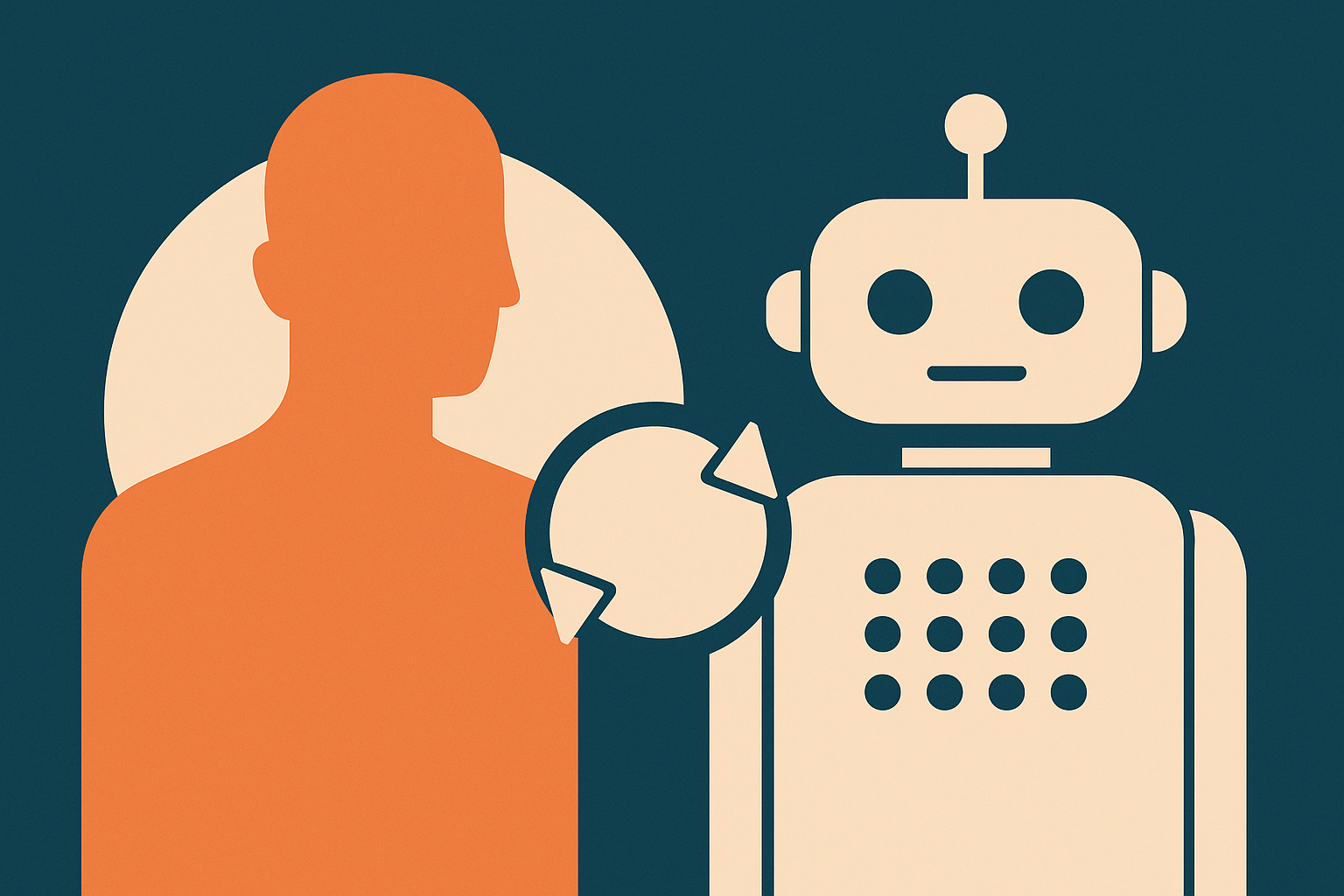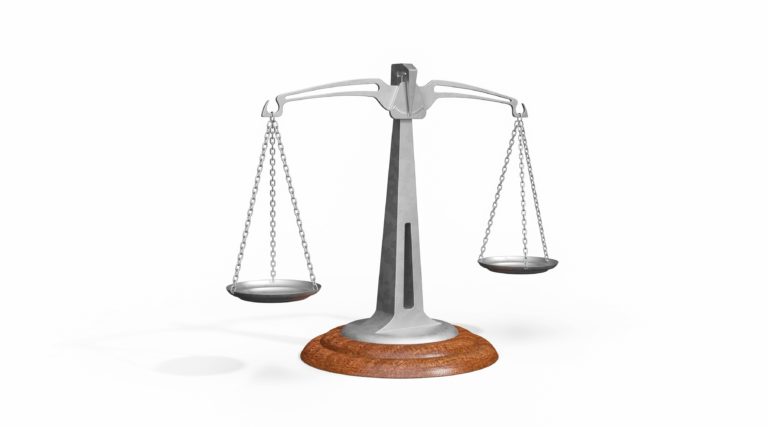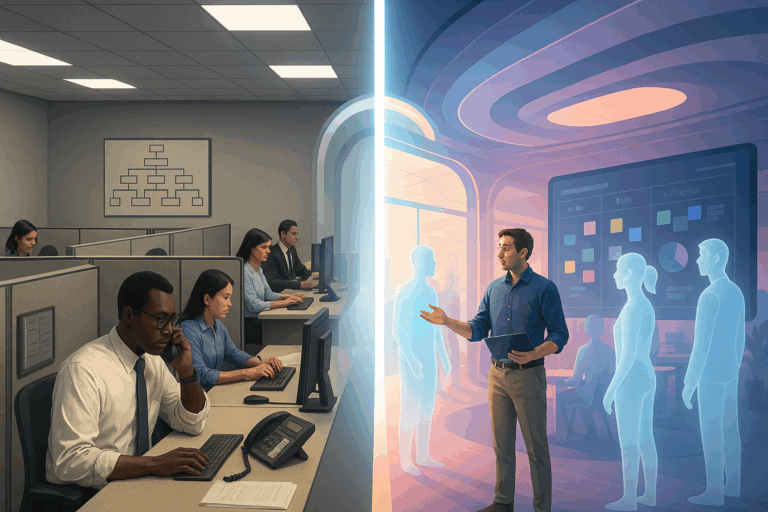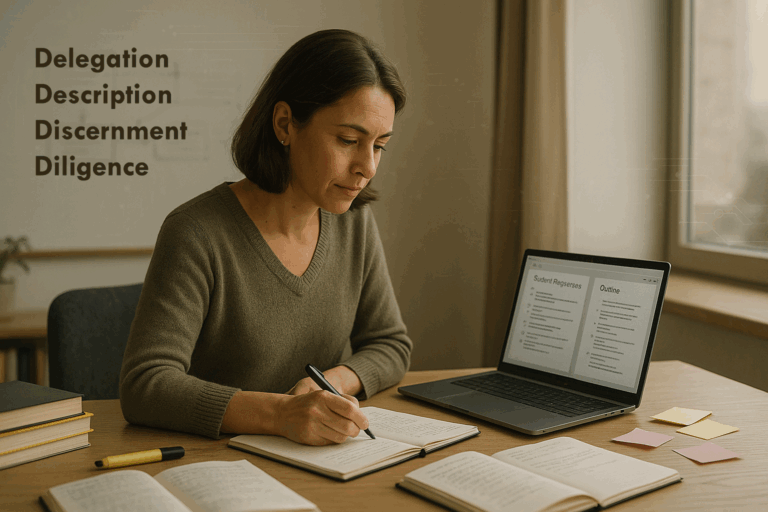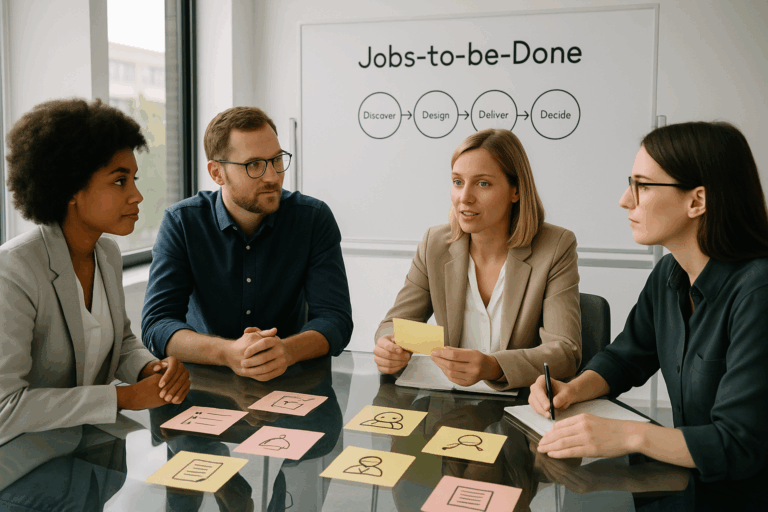Ten years ago, when I first began working with AI, Responsible AI meant building responsibly. At IBM Watson we wrestled with hard questions: how do we prevent bias, how do we provide transparency, how do we explain decisions made by systems we designed, etc. This was the responsibility of builders and creators, shaping innovation at the source.
Today the world is different. Generative AI is in the hands of every professional, often shaped by big tech companies with minimal legislative guidance. Organizations are struggling to govern AI use, balancing risk and compliance with opportunity. The responsibility for how AI is adopted and lived with now extends far beyond builders. It sits with each of us as individuals, professionals, and leaders. Responsible AI adoption is about how we frame our relationships with AI, how we preserve human judgment, and how we model exemplar practices for others.
This is why I joined the Artificiality Institute’s Become More Essential with AI learning experience in August. My goal was not to learn new tools but build language and frameworks to consciously shape my collaboration with AI. The research that underpins the course is rich and rigorous, and their research library and education programs are well worth exploring.
Here are four nuggets I carried away and have already started to apply.
Adaptation States
The course surfaced five states people experience as they adapt to AI: recognition, integration, blurring, fracture, and reconstruction. What struck me was the importance of naming fracture moments: those times of collaboration with AI when trust, confidence, or identity falter. Rather than retreating, we can use fracture as a signal to rebuild healthier boundaries. This helped me see my own journey not as linear, but as cyclical. Each fracture is a chance to reconstruct my AI practice with stronger intentionality.
Boundary Questions
The course offered simple questions that I now embed in my own custom instructions for AI: Am I just working faster or am I still learning and improving. Am I giving away what defines me since intelligence is on tap. Am I reframing to explore, or to avoid deciding. Whose lens is shaping this work: mine or the AI’s. These are now my personal checkpoints whenever I collaborate with AI and AI reminds me to ask them.
Traits and Archetypes
The research identifies three traits (Cognitive Permeability, Identity Coupling, and Symbolic Plasticity) and eight archetypes of AI collaboration. Together, they provide a map of how individuals collaborate with AI, from Doer to Co-Author. I now use a customGPT that I built to help me reflect on these orientations and the role I want AI to play in my collaboration. It generates a Do, Do Not, and Check set of guard rails for any task I bring to it, reminding me to pause and choose consciously. This is how I am adapting how I operationalize responsible adoption into a daily practice.
Modeling for Culture Change
Most important, the course clarified that responsible adoption is not a solo act. The way we use AI is noticed by peers, teams, and students. Each of us can model intentional adoption practices that ripple outward. Culture shifts through visible exemplars of responsible collaboration. Literacy and fluency with responsible practices are critical in our journey. I see my role not only as an adopter, but as a modeler of adoption for the communities I serve.
Now What
These frameworks are helping me redefine what Responsible AI means for me today. No longer only about how systems are built, but about how each of us chooses to live, work, and lead alongside AI.
I encourage anyone who wants to go deeper to explore the Artificiality Institute’s research and consider one of their future courses or attending their annual summit. The questions they are asking about how humans adapt, how we preserve agency, and how we remain essential, will shape the future of responsible AI adoption. If you are curious to explore these approaches for yourself, reach out to me for a customGPT that can help you reflect on adaptation states, boundary questions, and adoption archetypes in your own work.
My journey is shifting from a builder focused on responsible innovation to an adopter focused on responsible collaboration. I invite others to join me in setting the exemplar models that will help our organizations and communities flourish with AI.
Discover more from DEEPLY Product
Subscribe to get the latest posts sent to your email.
